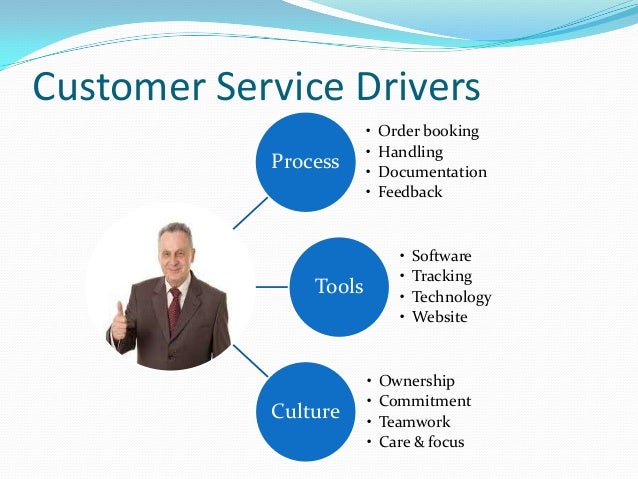Describe The Difference Between Transaction Drivers And Duration Drivers

OVERSEER AND DRIVER. If the slaveholders were to be believed, their overseers were a low-bred class of scoundrels whose management of the southern slaves swung erratically from violent abuse to lackadaisical incompetence. The truth was more complicated. Overseers were the middlemen of the antebellum South's plantation hierarchy. As such they occupied an impossible position. The masters expected them to produce profitable crops while maintaining a contented workforce of slaves—slaves who had little reason to work hard to improve the efficiency of the plantation. It would have required a prodigy to balance these competing pressures to the complete satisfaction of both the master and the slaves. Few overseers were prodigies.
Business Driver: A business driver is a resource, process or condition that is vital for the continued success and growth of a business. A company must identify its business drivers and attempt to maximize any that are under their control. There are always outside business drivers that a company cannot influence, such as economic conditions.
No one knows for sure how many overseers there were in 1860, but the best estimates are that the number of overseers was roughly equal to the number of plantations with thirty or more slaves. These men were a varied lot. Some were the sons of planters who served their fathers as overseers, learning the art of plantation management before striking out on their own. Others, perhaps the largest number, were semiprofessional managers hoping one day to set up their own agricultural operations. And still others lived up to the worst reputation of their class: violent men, often drunkards, unable to hold steady jobs, who moved repeatedly from plantation to plantation. But the average overseer rarely lasted in any master's service for more than a few years. The best moved on to other things. The worst were fired. And even the merely competent rarely satisfied an employer for long. A bad
crop year, sickly slaves, or the untenable contradictions of the job itself ensured that few overseers lasted long on any one plantation.
Drivers were another story. They were slaves appointed by masters to positions of authority on the plantation. Where masters were resident, black drivers often replaced overseers. On larger plantations, especially in the Lower South, black drivers worked under the supervision of white overseers. The drivers' jobs were manifold, but they were expected above all to maintain discipline in the fields and order in the quarters.
Like overseers, drivers were subjected to competing pressures that demanded both technical skill and a strong measure of self-confidence. But the pressures on drivers were different in important ways. Drivers were a part of the slave community, but they were especially favored by the master. To maintain the goodwill of the master without losing the respect of one's fellow slaves was no small achievement. Yet the evidence suggests that the drivers often succeeded where the overseers failed. They were chosen for their intelligence and abilities; they often understood how to manage a plantation more effectively than the overseers. Accordingly, drivers often held their positions for decades. The masters came to rely on the drivers for their competence; the slaves came to expect the drivers to moderate some of the harshness of the regime.
BIBLIOGRAPHY
Scarborough, William Kauffman. The Overseer: Plantation Management in the Old South.Baton Rouge: Louisiana State University Press, 1966.
Van Deburg, William L. The Slave Drivers: Black Agricultural Labor Supervisors in the Antebellum South. Westport, Conn.: Greenwood Press, 1979.
JamesOakesAirfoil keygen crack serial generator torrent.
See alsoPlantation System of the South; Slavery.
-->A processor in a computer running Windows has two different modes: user mode and kernel mode. The processor switches between the two modes depending on what type of code is running on the processor. Applications run in user mode, and core operating system components run in kernel mode. While many drivers run in kernel mode, some drivers may run in user mode.
When you start a user-mode application, Windows creates a process for the application. The process provides the application with a private virtual address space and a private handle table. Because an application's virtual address space is private, one application cannot alter data that belongs to another application. Each application runs in isolation, and if an application crashes, the crash is limited to that one application. Other applications and the operating system are not affected by the crash.
In addition to being private, the virtual address space of a user-mode application is limited. A processor running in user mode cannot access virtual addresses that are reserved for the operating system. Limiting the virtual address space of a user-mode application prevents the application from altering, and possibly damaging, critical operating system data.
All code that runs in kernel mode shares a single virtual address space. This means that a kernel-mode driver is not isolated from other drivers and the operating system itself. If a kernel-mode driver accidentally writes to the wrong virtual address, data that belongs to the operating system or another driver could be compromised. If a kernel-mode driver crashes, the entire operating system crashes.
This diagram illustrates communication between user-mode and kernel-mode components.